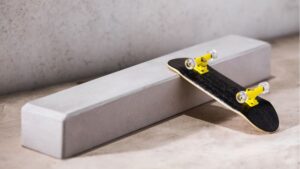
How to Make a Fingerboard Ramp? Easy Guide
Ever since I discovered fingerboarding, the scaled-down cousin of skateboarding, I’ve been hooked. There’s something truly mesmerizing about executing intricate tricks with just my fingers
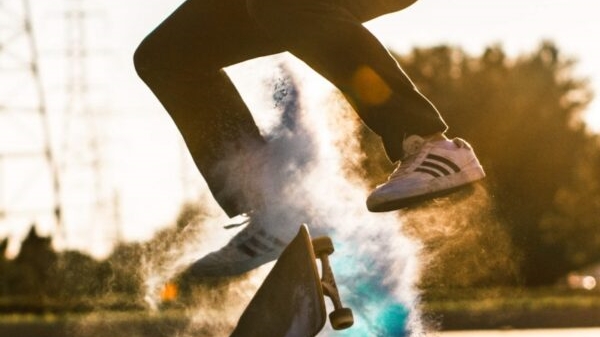
Hand boarding, also known as stand-up paddle boarding (SUP), has become an increasingly popular water sport in recent years. It offers a fun way to enjoy the water while getting a full-body workout. For beginners, it may seem intimidating at first.
However, by starting with the basics and taking the time to master key skills, anyone can learn how to handboard. This beginner’s guide covers everything you need to know to get started with handboarding and safely develop your abilities.
Your handboard is the most important piece of equipment for this sport. There are a few key factors to consider when selecting your first board:
Larger boards (10’6″ to 11’6″) are best for beginners. A longer, wider board will provide more stability as you learn to balance and maneuver. Shorter boards are faster but harder to stand up on initially. Look for a board that is at least 30-34 inches wide for stability. The extra buoyancy of a larger board will also make it more forgiving as you develop proper balancing techniques.
Choose an all-around shape that is wider in the middle and narrower at the ends. This will be stable yet able to pivot reasonably well. Avoid race shapes that are extremely narrow. A rounded nose and squared-off tail work well for beginners. The wider nose adds buoyancy while the square tail provides some maneuverability.
Epoxy boards are durable, lightweight, and extra buoyant. This makes them a great choice for beginners. Inflatable boards are also very convenient for storage and travel but may be less rigid and slower. Once you advance, you may want to consider a fiberglass board for increased performance. Avoid heavy solid wood boards in the beginning.
Beginner boards should have a single fin to help track. Eventually, you may want to add a center fin plus side fins for better tracking and turning ability. Removable fins allow you to start with a single fin and add more later. Fins also come in different sizes and materials, so you can customize them as your abilities progress.
Look for a board with deck pad material to provide traction. Also consider paddle holders, carry handles, and key stash areas to hold belongings while on the water. If you are in rocky areas, a sturdy nose protector can shield the board from damage.
Shop at SUP-specialty stores to get properly fitted for a board. Borrowing, renting, or buying used ones can also help save money when first starting out. Just be sure to get a board sized appropriately for your height, weight and skill level.
Mastering your stance and balance is the key to learning handboarding. Here are some tips:
The “pop-up” refers to going from lying or kneeling on the board to standing in one quick, smooth motion. This is a key skill every handboarder must master. Follow these steps:
Paddling efficiently is what propels you and the board across the water. Use these techniques for optimal paddling:
Once you can reliably pop up, balance, and paddle on flat water, it’s time to improve overall stability. Here are some pointers:
Maneuvering your hand board takes some finesse and practice:
Once you’ve mastered the basics, you can continue building more advanced handboarding skills:
The more time you spend honing your technique on the board, the more adept you will become. Seek out coaching opportunities or paddle board meet-up groups to continue progressing.
Where you choose to go paddle boarding will impact your session. Here are some location factors to consider:
Calm, flat water provides the easiest place for beginners to practice balance and paddling strokes without dealing with waves, wind, or currents. Look for small bodies of water sheltered from the wind.
Moving water like rivers and creeks adds the element of directional current. Go on mild rivers to avoid intense rapids. Avoid times with heavy motorboat traffic which creates choppy wakes.
Ocean paddling is more advanced and requires wind, swell, tide and navigation skills. Start in protected waters near shore. Identify any potential hazards like boat traffic, rocks, or rip currents. Early mornings often have ideal conditions.
Only highly skilled paddle boarders should attempt intense rapids. Take whitewater SUP lessons and always wear safety gear. Start with small rapids and work up cautiously.
Calmer man-made waterways like residential canals can offer nice scenery and protection from wind. But beware of motorized boats on busier channels, which generate disruptive wakes.
In addition to location, conditions play a big role in paddle boarding success. Seek out these ideal conditions, especially as a beginner:
Avoid stormy, extremely windy, or foggy conditions that impair visibility and make paddling dangerous for beginners.
While a fun sport, it’s important to keep safety in mind, especially for beginners:
Adhering to basic safety precautions will help ensure your handboarding experiences are enjoyable. As your skills improve over time, be sure to refresh your safety knowledge periodically.
Handboarding offers a rewarding way to enjoy the water while building balance, strength, and stamina. Take the time to master key beginner techniques and safety measures for getting started.
Patience and practice are needed to develop confidence on the board. But with dedication to the basics outlined here, anyone can learn to hand board skillfully and have a blast doing it.
Soon you’ll be able to paddle with ease, take on new challenges, and explore exciting destinations from a unique water-level perspective.


Ever since I discovered fingerboarding, the scaled-down cousin of skateboarding, I’ve been hooked. There’s something truly mesmerizing about executing intricate tricks with just my fingers

Skateboarding and fingerboard tricks are always fun and worth learning. With so many tricks out there, it can be hard to choose which one to

Hey there fellow fingerboard enthusiasts! If you’re like me, you’re always looking for ways to personalize and improve your fingerboard setup. One fantastic way to

Handboarding, also known as fingerboarding, has risen tremendously in popularity over the past decade. But along with the fun comes inherent risks that handboarding enthusiasts
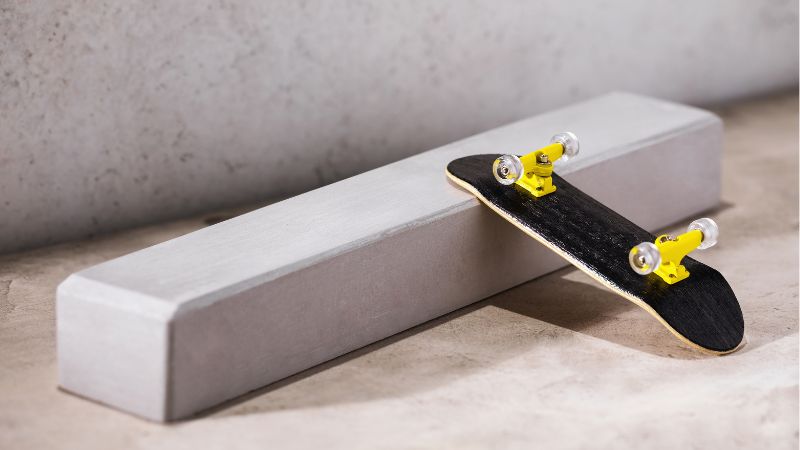
Ever since I discovered fingerboarding, the scaled-down cousin of skateboarding, I’ve been hooked. There’s something truly mesmerizing about executing intricate tricks with just my fingers

Skateboarding and fingerboard tricks are always fun and worth learning. With so many tricks out there, it can be hard to choose which one to
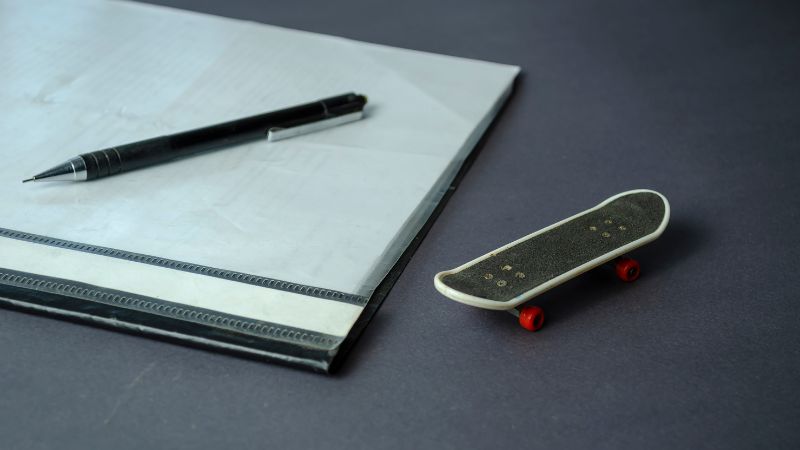
Hey there fellow fingerboard enthusiasts! If you’re like me, you’re always looking for ways to personalize and improve your fingerboard setup. One fantastic way to
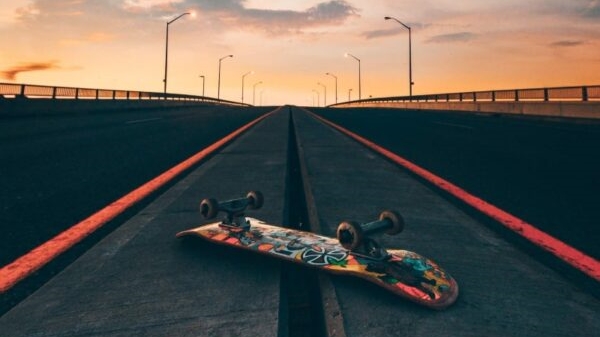
Handboarding, also known as fingerboarding, has risen tremendously in popularity over the past decade. But along with the fun comes inherent risks that handboarding enthusiasts
Copyright © 2024 surfxhandboard. All Rights Reserved.